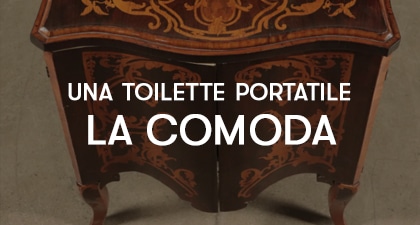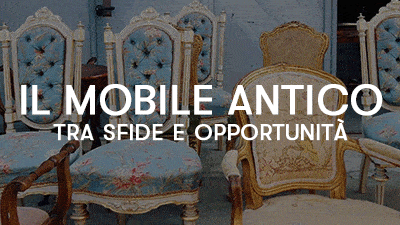
Today’s word is: lesena. We will explain its history from ancient Greece to the Baroque era. Finally, as usual a curiosity about pilasters.
What is the lesena?
The pilaster is an exclusively decorative architectural element. Usually in the form of a half-pillar or half-column slightly protruding from the wall surface.
Where does the term come from?
The term lesena derives from the Emilian dialect “laseina”. It came into use only at the end of the XIX century.
Its history begins with Greek architecture. We can find, in fact, many orders applied to the wall both as decoration of monumental facades and as decoration of the interior walls of covered public spaces such as porches and Templar cells.

In medieval times the pilasters lose their original appearance. They become a simple vertical ledge without a capital and base. Despite this change during the Renaissance and later in the Baroque period, the use that was made in Roman times is resumed. It resumes, therefore, their use as decoration of the outer wall of buildings. We can find many facades of churches or frames of windows decorated with pilasters.
Beware of terms!

The term is very often confused with parasta. The latter, however, differs from the pilaster for a very simple reason: its function. The pilaster, in fact, is a real element of support incorporated into the wall. Aesthetically the two decorative elements are very similar. The main difference is that the pilaster is not simply leaning against the wall but is incorporated into it.
The image on the side helps to better understand the differences between column, half-column, pillar, pilaster and pilaster.
The pilaster and the furniture
The pilaster is an ornamental element used in number of one or more pairs. Very often we can find it as decoration in architectural structure furniture. In fact, it was widely used in Italian furniture of the sixteenth century and the neoclassical ones of the eighteenth century.
Despite this, today, we decided to show you the pilaster in the roughest version. Here is a pair of Renaissance pilasters in our antique gallery.

The stem is grooved, while the capital is of Ionic taste with carved rosettes. They are made of pietra serena.


If you want, instead, to find out how pilasters are used in the decoration of furniture you just have to come and visit our warehouses in Cambiago. We are waiting for you!
A small preview can be found by clicking here. In the page of our antiques dictionary dedicated to the grotesque we presented a bookcase decorated with three pilasters.







